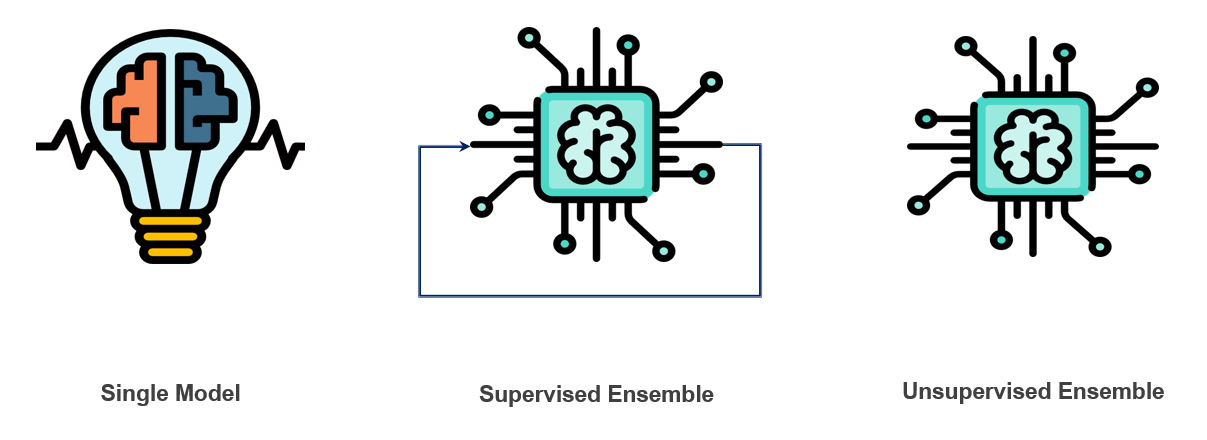Development of a machine learning algorithm for an automated refraction device

| AUTHORS / CAREER / CENTER | Jaume Fabregat Marques / Ingeniería Electrónica Industrial y Automática / Universidad Carlos III de Madrid |
| SUPERVISORS | Eduardo Lage / PhD / Universidad Autonoma de Madrid |
| TYPE | Bachelor Thesis |
| ABSTRACT | ABSTRACT
Motivation: Worldwide, it is estimated that more than 1 billion people do not have the eyeglasses they need. This problem is especially prevalent in developing countries due to the lack of an appropriate infrastructure for eyecare deployment and eyecare professionals capable of providing eyeglass prescriptions. The procedure for obtaining these prescriptions consist of using an objective measurement of the refractive power of the eye, which is usually very accurate but can fail in several cases, followed by a subjective refinement which is performed by an eyecare professional based on the feedback of the patient. If the initial objective measurement is not accurate, it can greatly complicate the procedure increasing the time required to refract the patient and thus the bandwidth of the eyecare professionals.
Problem Statement: Although the aforementioned procedure is the gold standard for refraction, other possible approaches have been suggested for situations in which high throughput is required (e.g. charity Hospitals in low-resource settings, healthcare missions, school screening programs). This approach consists of using minimally trained technicians and easy-to-use devices for the initial objective measurements and for checking the vision of the patient with that prescription, and a trained eyecare professional which will only take care of patients in which the objective measurement was not able to provide appropriate vision. The QuickSee device is a hand-held aberrometer developed by Plenoptika Inc. originally which is low-cost and easy to use. This project is focused on using machine learning tools for implementing an algorithm capable of detecting patients for which the QuickSee measurement is not accurate enough, so it can show a warning asking the operator to repeat the measurement. Approach: The data set used for the project is composed of the different power vector variables (M, J0 and J45) extracted from 4404 test of 809 patients in different countries. The machine learning estimator trained, and test was the LSTM, using different structures (ensembles) to assemble the results from a predefined number of these networks. Results: … |
| LINK | Confidential content |



